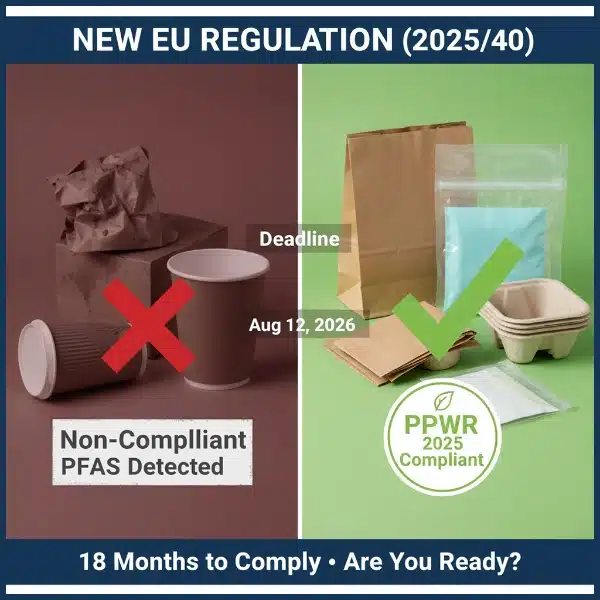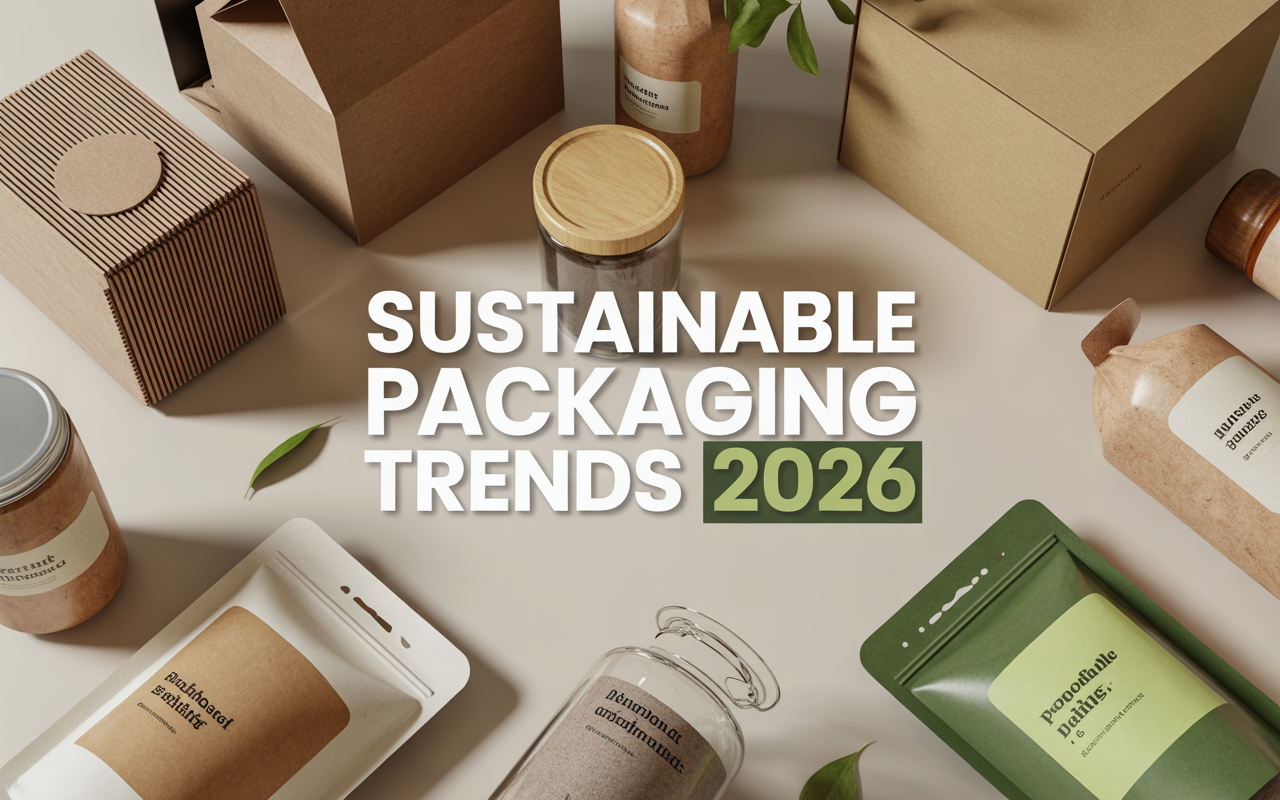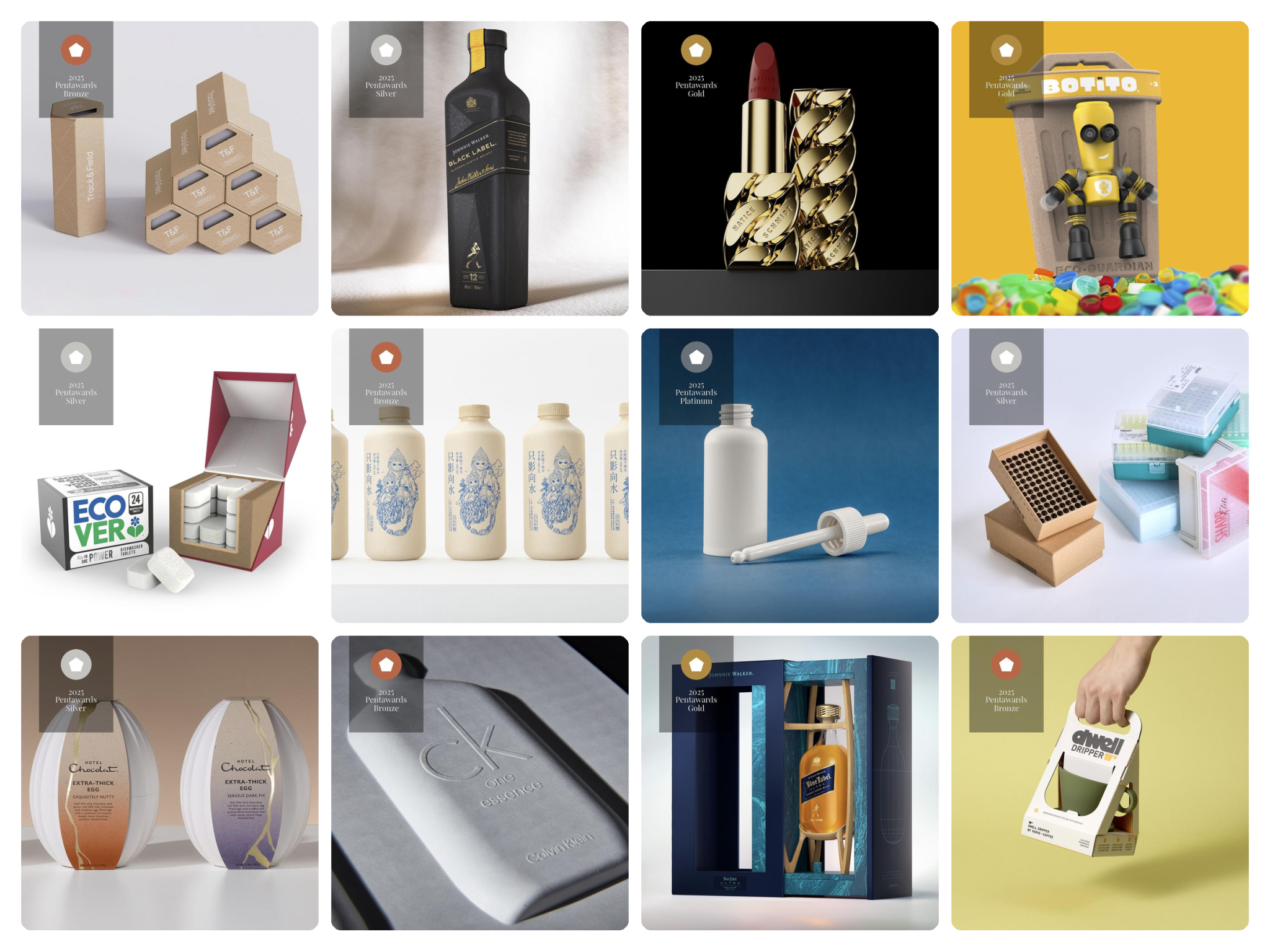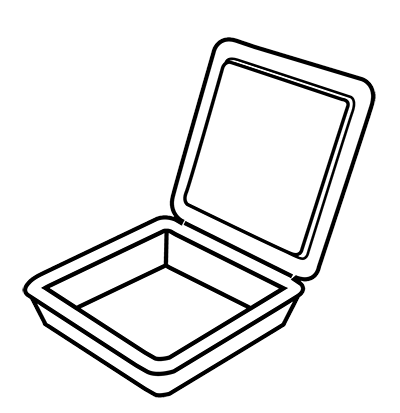Brass tacks time. The EU’s Packaging and Packaging Waste Regulation (PPWR) is no longer a rumor; it’s law. Here’s a clean, fast brief on what it is, what the numeric limits are (yes, PFAS has numbers now), and the real dates you’ll be judged against.
The headline dates
- Entered into force: February 11, 2025
- General application: August 12, 2026 (18-month runway)
That’s your compliance clock. Between those dates, expect guidance and secondary acts to land, but the core obligations are already baked.
For legal receipts, the full text is Regulation (EU) 2025/40, published in the Official Journal on January 22, 2025. It replaces the old 94/62/EC Directive, so this one applies directly—no waiting for 27 flavors of national transposition.
PFAS: three hard thresholds for food-contact packaging
From August 12, 2026, food-contact packaging that crosses these thresholds is off the EU market:
- 25 ppb for any single non-polymeric PFAS (targeted analysis)
- 250 ppb for the sum of non-polymeric PFAS (targeted analysis)
- 50 ppm for all PFAS, polymeric included (total PFAS / total fluorine route)
Suppliers need technical files showing how they measured and met those limits; if total fluorine is high, you may be asked to show how much is PFAS vs non-PFAS. Translation: PFAS-free isn’t a slogan—it’s a spreadsheet.
Big picture goals
PPWR’s whole point is cutting packaging waste while making every pack recyclable, pushing reuse where it makes sense, and dialing up recycled content and design-for-recycling. Some details (like recyclability performance grades and DfR criteria) come via delegated acts and harmonized standards—so yes, there’s more paperwork coming, but the direction is set.
The 18-month prep window: what smart teams are doing now
- Chemistry first. Lock PFAS-free barriers for any food-contact format, and align your lab plans with both targeted PFAS and total-fluorine methods so your numbers map cleanly to the rule. Then write the justification memo you’ll need later.
- Design for recycling is not optional. Start gap-assessing SKUs against emerging DfR criteria and recyclability grades so you aren’t refactoring at the last minute when the implementing acts drop.
- Timeline hygiene. Treat August 12, 2026 as your “ship complete” date—not the start of a project. Your ERP and PLM should already be tracking PPWR status fields by material, coating, label set, and claim substantiation.
For molded fiber and paper formats
If you’re in molded fiber lids, trays, bowls, or wraps: the PFAS limits are the gating item, and coating choice is destiny. Uncoated where possible is good for recyclability math; for food-contact barriers, qualify PFAS-free dispersion or bio-based systems and keep migration and fluorine data tidy. None of this is speculative—these thresholds are live in the text with an application date.
Sources worth bookmarking
[1] Packaging waste – Environment – European Commission
[2] Regulation – EU – 2025/40 – EN – EUR-Lex
[3] The New EU Packaging and Packaging Waste Regulation
[4] EU Issues New Legislation for Packaging and Packaging Waste | SGS USA
[5] PFAS Compliance Under The EU’s PPWR | Anthesis Global
[6] Packaging and Packaging Waste Regulation (PPWR) – European Commission presentation slides

















